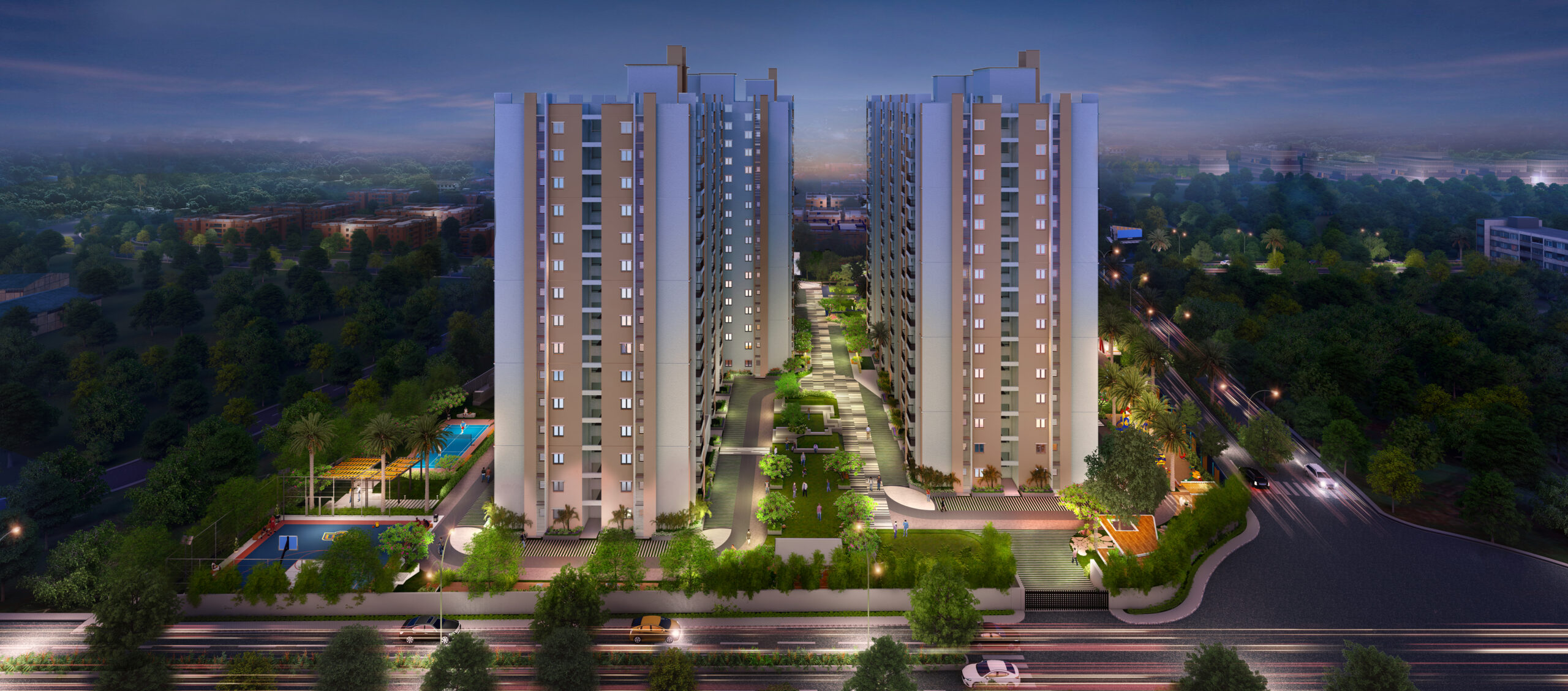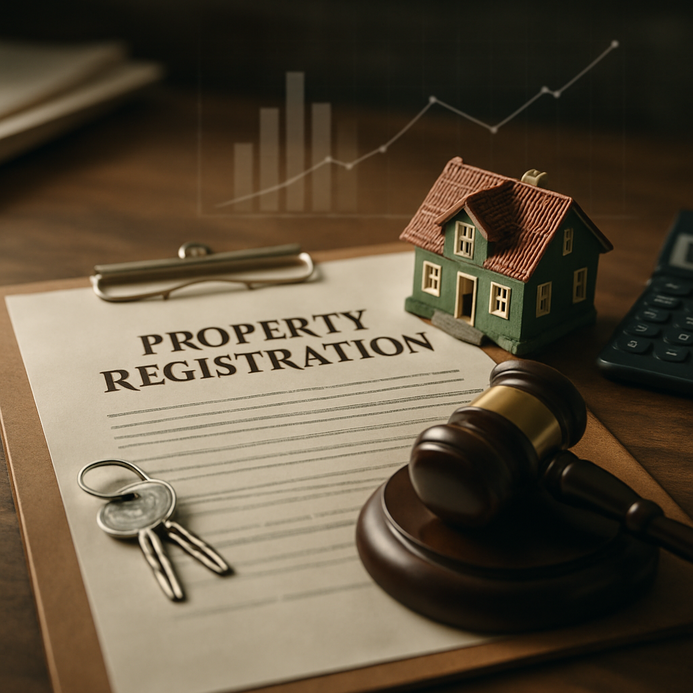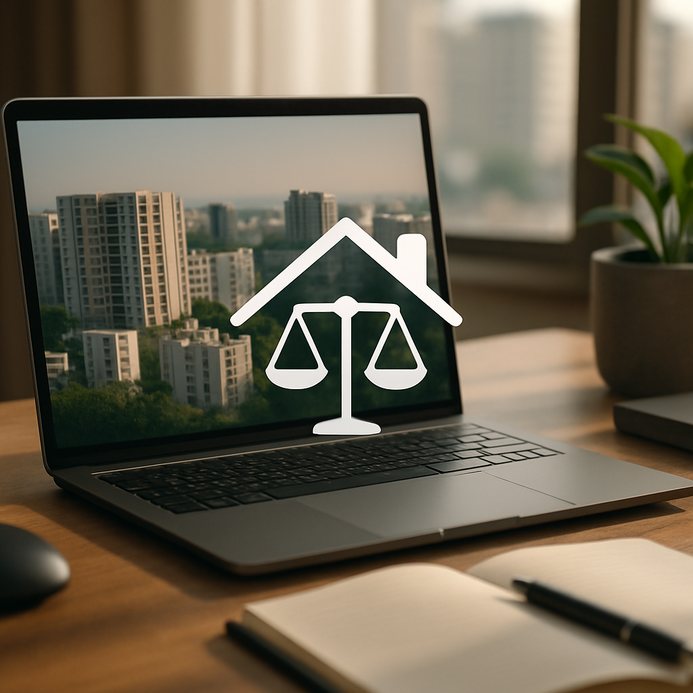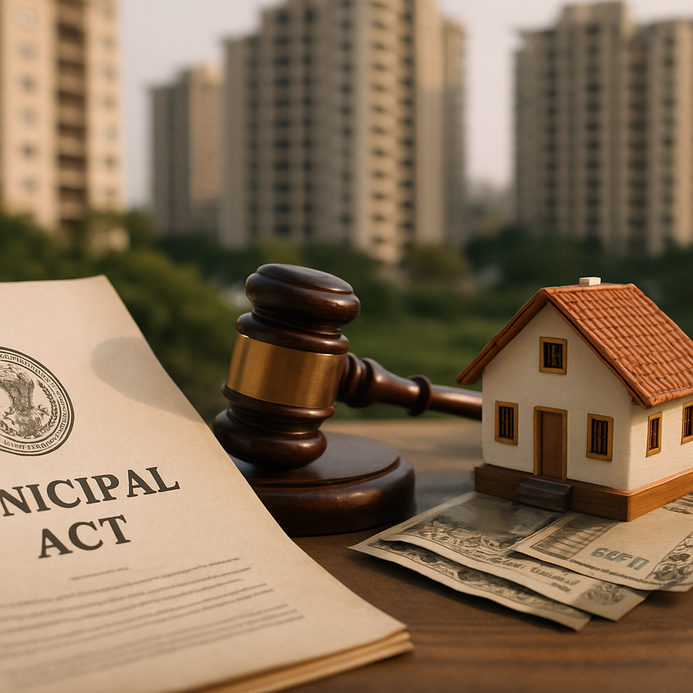Capital Gains Tax on Rental Property Explained: A Simple Guide for Owners
Understanding the Rental Market in India
The rental market in India? It’s changing fast. Urbanization and lifestyle shifts are driving this transformation. More people are flocking to cities, and you can really see it in the numbers. Pretty significant, eh?
Trends in Rental Pricing
Now, let’s talk about rent. Setting the right price for your property isn’t just guesswork; you’ve gotta know your local market. Prices differ wildly depending on the city or even neighborhood.
Factors Influencing Rental Prices
Several things can bump up rental prices:
1. Location: Being close to IT hubs, schools, and transport is a biggie. Outfits boasting “rental property near me” tend to charge more, and it’s not hard to see why.
2. Amenities: Want a premium price? Include features like parking or security.
3. Market Demand: High-demand areas, especially near businesses or colleges? Prices just keep going up.
Capital Gains Tax on Rental Property
If you’re new to this landlord game, understanding capital gains tax is key. When you sell a rental property, the profit you make can be hit with a tax of 15% to 20%, depending on how long you’ve owned it.
Getting a grip on rental pricing and capital gains tax is crucial for new landlords. Keep in mind, things change all the time. Staying informed about these factors is essential for managing your property successfully. More insights can be found on navigating the rental market here.
The Art of Tenant Screening
Tenant screening? Super important for first-time landlords. A solid tenant can mean steady cash flow and fewer headaches. Here’s a simple rundown on how to get it right.
1. Create a Clear Rental Application
Kick things off with a good rental application. Grab their names, contact info, income, and rental history. Make sure it’s in line with your screening goals.
2. Conduct Background Checks
You wanna dig a bit deeper here. Check criminal records, credit scores, and past rental behavior. Use trustworthy services for thorough checks.
| Step | Purpose |
|---|---|
| Background Check | Avoid tenants with eviction history |
| Credit Check | Assess financial responsibility |
| Reference Check | Get insights from previous landlords |
3. Verify Employment and Income
Confirm where they work and how much they earn. A good rule of thumb? Income should be at least three times the rent. Request pay stubs or bank statements as proof.
4. Interview Potential Tenants
A face-to-face chat can reveal a lot. Discuss their rental history, motivation for moving, and gauge reliability.
5. Look for Reviews
Google is your friend! Check for online reviews about potential tenants. There are websites dedicated to this kind of feedback.
By engaging in the tenant screening process, landlords can find responsible tenants eager to turn that rental property into a home. Also, being aware of capital gains tax and tenant responsibilities can really safeguard your investment. Check out this link to find out more about avoiding capital gains tax on rental property.
For more related knowledge, our articles on investment strategies and avoiding rental ROI mistakes might be helpful.
Crafting a Strong Rental Agreement
So, you’ve got your tenant sorted. Now, what about that rental agreement? It’s your legal safety net. A solid agreement outlines everyone’s rights and responsibilities, which can save you down the line. Here’s what to include:
1. Parties Involved: Name everyone, landlord and tenant with full contact details.
2. Property Details: Put down the complete address and whether it’s furnished or not.
3. Rent Payment Terms: Write out the rent amount, when it’s due, and how the tenant can pay, like bank transfers, if you prefer.
4. Security Deposit: How much will it be? What grounds for keeping it? Clarify its return conditions too.
5. Lease Duration: Specify if it’s a fixed-term agreement or month-to-month, and note the start date.
6. Maintenance Responsibilities: Outline who handles repairs and how tenants should report issues.
7. Rules and Regulations: Cover any dos and don’ts, like pet policies or smoking rules.
8. Termination of Lease: Detail how each party can end things and how much notice is needed.
9. Legal Compliance: Make sure you’re following local rental laws to avoid disputes.
Sample of Crucial Components in a Rental Agreement
| Component | Description |
|---|---|
| Rent Amount | ₹25,000/month |
| Security Deposit | ₹50,000 |
| Lease Duration | 12 months |
| Maintenance Responsibility | Tenant’s responsibility for minor repairs |
| Termination Notice | 30 days notice for lease termination |
A well-thought-out rental agreement keeps things smooth. If you’re looking for more guidance, consider checking Kiplinger for tips on capital gains tax and the implications of renting out properties, including those pesky capital gains tax details.
When you’re searching for a rental property for rent, don’t forget to ensure that your rental agreement fits your needs. Having a rock-solid agreement isn’t just about protection; it’s about building a good relationship with your tenants. For a deeper dive into property agreements, explore our articles that cover property laws and tenant rights.
Managing Maintenance Requests & Tenant Relationships
Managing maintenance requests is key for any landlord. If you want happy tenants and smooth sailing, here are some tips to keep everything on track.
Timely Response to Issues
Responding quickly is crucial. Aim to acknowledge maintenance requests within a day and keep tenants updated on when repairs will happen. Fast fixes help prevent bigger problems down the line.
Clear Communication Channels
Set up straightforward communication. Use apps or software to track requests, letting tenants submit issues and monitor progress. Transparency? It helps minimize frustration.
Regular Property Inspections
Check in on your properties regularly. Spotting potential maintenance needs before tenants notice can save you a headache later.
Professionalism and Empathy
Be professional, but also be human. Remember, maintenance issues can stress out tenants. A bit of kindness goes a long way in building trust.
Preventive Maintenance
Don’t wait for things to break; a maintenance schedule can help. Regular checks on HVACs or plumbing can save you money and keep tenants smiling.
Incorporate Feedback
Get feedback from tenants about your maintenance processes. A quick survey or a suggestion box can reveal where you’re doing well and what needs fixing.
| Strategy | Benefits |
|---|---|
| Timely Response | Builds trust and satisfaction |
| Clear Communication | Reduces frustration |
| Regular Inspections | Prevents emergencies |
| Professionalism | Enhances tenant relationships |
| Preventive Maintenance | Saves costs and ensures comfort |
| Incorporating Feedback | Improves service and satisfaction |
Focusing on maintenance management is vital, especially when thinking about capital gains tax on rental properties when it’s time to sell. Want to know more about potential tax impacts? Dive into capital gains tax considerations in rental real estate.
If you’re in the market for rental properties in urban areas, centralized platforms can help you find local options. Looking for best practices on strengthening tenant relationships? Don’t miss our insights on topics like choosing between renting and buying and how to set the right rent pricing.
By putting these strategies into action, landlords can ensure a smooth management process, keeping tenants happy while showcasing the best of their rental property.
Understanding tenant rights is crucial if you’re jumping into the landlord scene in India. It’s all about the Rent Control Act, which can change depending on where you are. Generally, tenants have rights concerning safety, privacy, and maintenance.
Tenants deserve a safe living space, no doubt. You, as a landlord, need to keep that place hazard-free, which means regular maintenance is a must. They also have the right to privacy; barging in without notice isn’t an option unless it’s an emergency.
And if eviction’s on the table? There are steps to follow. Before evicting, give proper notice, typically, 30 days for rent non-payment. But if the tenant’s breaking terms, you might need to act fast. Here’s a quick look at the eviction process:
| Step | Description |
|---|---|
| Issue Notice | Notify tenant of eviction with specific reasons. |
| Legal Proceedings | If no resolution, file for Eviction in court. |
| Court Hearing | Present evidence to the judge; tenant can contest. |
| Eviction Order | If successful, a court order allows physical eviction. |
Watch out for wrongful eviction; it can cost you a lot if not handled right. Always consult legal advice when tackling tenant rights to ensure you’re compliant and your investment is secure.
FAQ
1. What should I consider when setting rental prices?
You should factor in location, amenities, and local market demand. Research average prices in your area to stay competitive.
2. How can I effectively screen potential tenants?
Use a comprehensive rental application, conduct background checks, verify employment and income, and interview potential tenants.
3. What are essential components of a rental agreement?
Include parties involved, property details, rent payment terms, security deposit, lease duration, maintenance responsibilities, and rules and regulations.
4. How should I handle maintenance requests?
Respond promptly, maintain clear communication, conduct regular inspections, and handle issues with professionalism and empathy.
5. What steps should I take for eviction?
Follow legal procedures, including issuing notice, filing for eviction in court, and ensuring compliance with local laws to avoid wrongful eviction claims.













